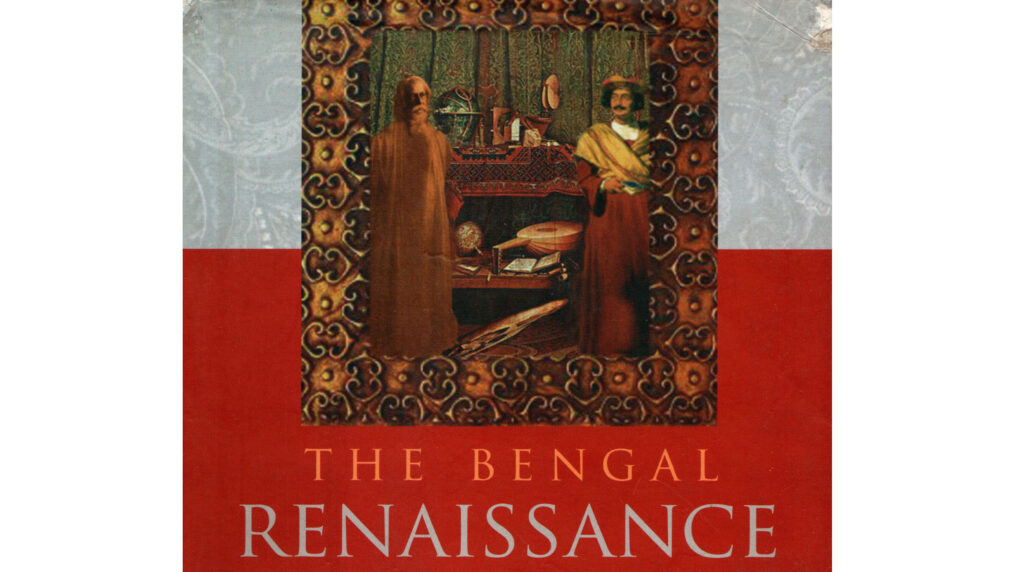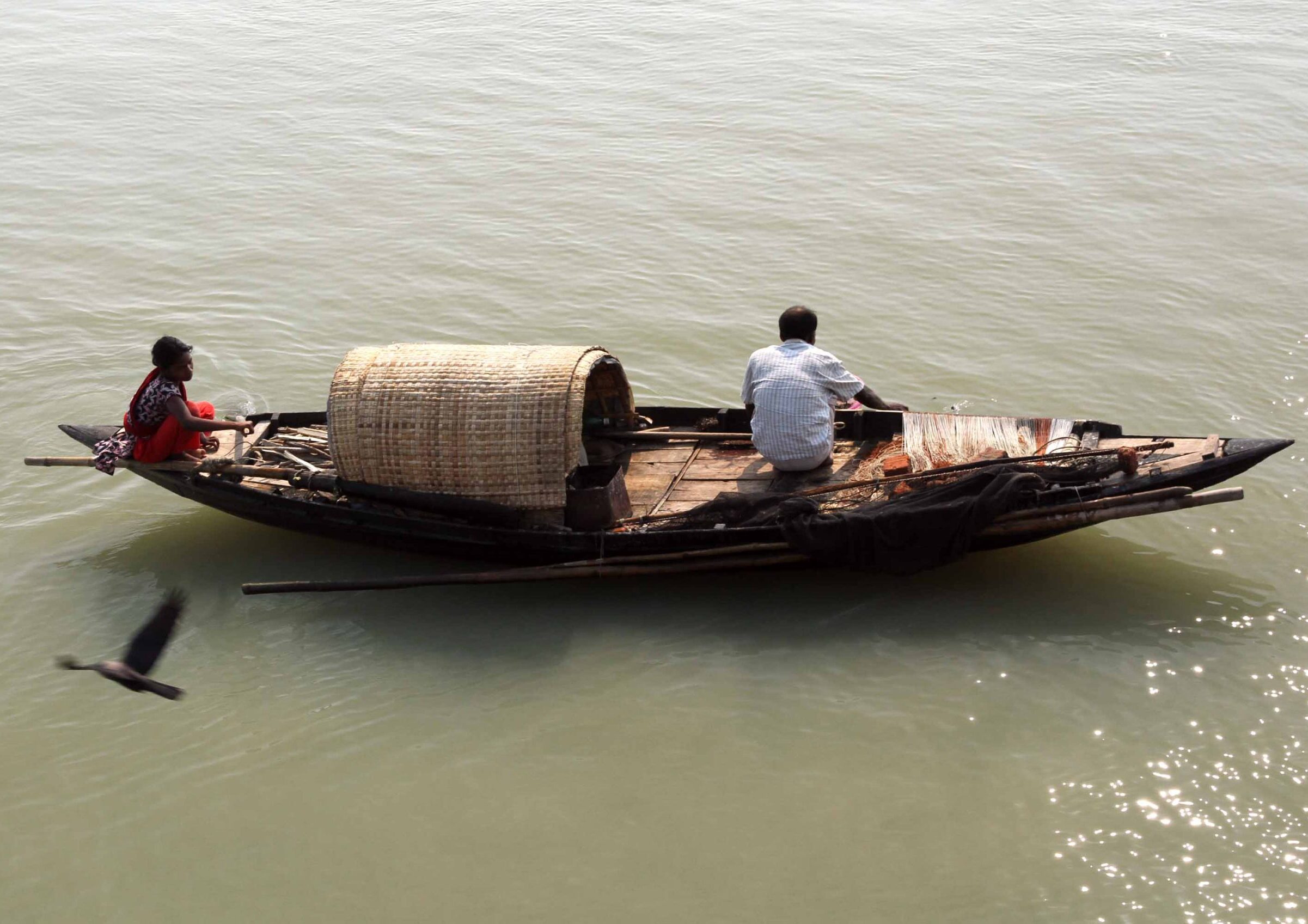
During the last several centuries, most societies in the world underwent massive changes and transformations, caused by western colonialism and exploitation; western ideas and literature; western science and technology; and western economic, political and value systems.
The colonial masters carefully guided, nurtured and influenced certain changes in the lands and countries they controlled that they thought would serve their purposes. The changes that took place in the colonised countries and within colonised people mostly, but not exclusively, occurred within the framework of and protection provided by the shadow of the new colonial masters. It does not, however, mean that there were no transgressions of limits set and wished by the masters.
The creativity in literature and thoughts that took place in colonised countries were mostly the result of imitations and the internalisation of ever-developing new European ideas, which a number of western-educated elite young people applied to re-examine and challenge their traditional societies and values, and in some cases also critiqued certain aspects of western civilisation.
I am not making any value judgement whether the changes that took place were good or bad, either from the perspectives of the western masters or from their colonised subjects who adopted and adapted western ideas, values and methods to change their societies.
How many groups and nations around the world call going through a process of internalising western ideas and re-examining, challenging and transforming their societies – mostly, but not exclusively, under the watch and guidance of their western masters – a ‘renaissance’?
I know some of the thinkers of the so-called ‘Bengal Renaissance’ were formidable in what they achieved in literature, the creation of a new beautiful Bengali language (although had some fascists elements) and how they challenged their ‘imprisoned societies’ – in terms of the self-created barriers that prevented their society from moving forward – and also helped set many individuals free to roam around and become highly creative individuals.
Some uncritical Bangladeshi minds, during the last half of the 20th century, got blindly over-enthused about ‘the great Bengal Renaissance’ in 19th Century Calcutta (Kolkata). This caused and still causes a lot of misunderstanding and undue conflicts in Bangladesh. I think, like me, many others will be lost and bewildered by their levels of enthusiasm for such a ‘renaissance’ whose evidence on society is hard to see.
I believe, just like everything else, every new generation needs to re-examine received perspectives and interpretations of past events, developments and their legacies. This will help set our societies free from uncritical acceptance of received ‘knowledge’ and understand current problems in a better light in order to create a better future.
It would be interesting to see how, compared to what some people call ‘European Renaissance’, what happened in Calcutta (Kolkata) during the 19th Century can be legitimately called ‘ the Bengal Renaissance’. If not fully comparable to what happened in Europe, then to what extent are certain developments in Bengal comparable to the ‘European Renaissance’? Is ‘renaissance’ an appropriate term to describe accurately what happened in Calcutta (Kolkata) during the 19th Century?
I think a debate on the topic would be interesting, revealing and valuable. What do you think?

Please go into more specifics like who were these people what they said and what they actually meant. What was the representation of Bengali Muslims?
Some debates have already taken place on the subject but I will definitely welcome another debate to enrich our knowledge